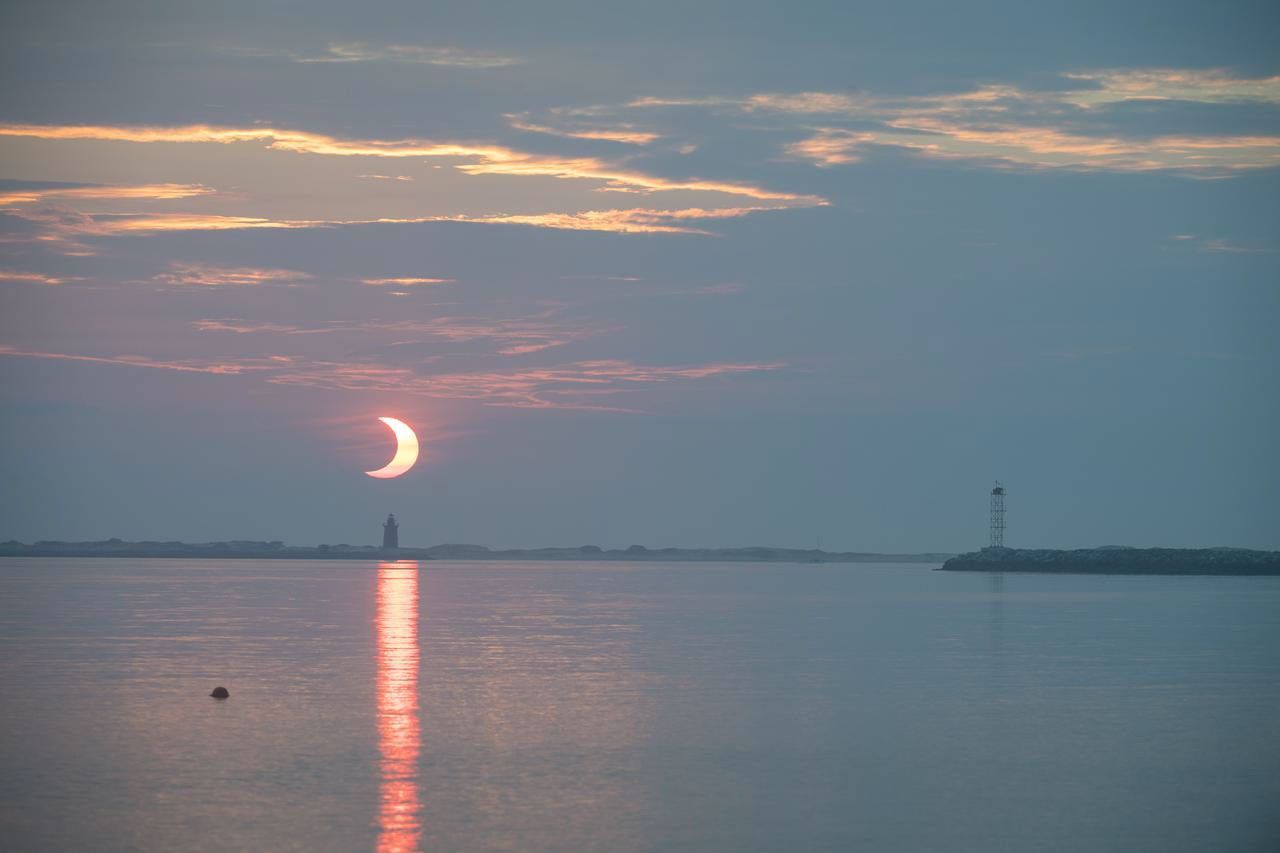Partial Solar Eclipse: March 29, 2025 - A Celestial Spectacle
Editor’s Note: The partial solar eclipse on March 29, 2025, is just around the corner! This article provides everything you need to know about this exciting celestial event.
Why This Topic Matters
Solar eclipses are captivating celestial events that have fascinated humanity for millennia. Understanding this particular partial solar eclipse on March 29, 2025, is important for several reasons: it allows us to appreciate the wonders of astronomy, understand the mechanics of celestial movements, and take necessary precautions to view the eclipse safely. This article will cover the eclipse's path, visibility, safety precautions, and its significance in astronomical terms. We'll explore the science behind the event and provide practical tips for observation.
Key Takeaways
| Aspect | Description |
|---|---|
| Date | March 29, 2025 |
| Type | Partial Solar Eclipse |
| Visibility | Parts of [List continents/countries where visible - research required] |
| Maximum Obscuration | [Percentage - research required] |
| Safety | Never look directly at the sun without proper eye protection. |
Partial Solar Eclipse: March 29, 2025
This partial solar eclipse on March 29, 2025, will be a significant event for astronomy enthusiasts and the general public alike. The event occurs when the moon passes between the sun and Earth, partially obscuring the sun's disk. This particular eclipse will be visible from specific regions across the globe [Insert specific regions based on research].
Key Aspects
- Path of Totality (Partial): The moon's shadow will not completely cover the sun, resulting in a partial eclipse. The path of this partial eclipse will cross [Insert geographical locations].
- Time of Maximum Eclipse: The precise timing of the maximum eclipse will vary depending on location. [Insert calculations/predictions for major cities/regions - research required].
- Magnitude: The magnitude of the eclipse (the fraction of the sun's diameter covered by the moon) will vary across the viewing area. [Insert data on magnitude variations based on location – research required].
Detailed Analysis
The partial nature of this eclipse is due to the relative positions of the sun, moon, and Earth. The moon's orbit is elliptical, meaning its distance from the Earth varies. When the moon is farther from Earth (apogee), it appears smaller in the sky, hence only a partial eclipse occurs instead of a total eclipse. We will witness a fascinating interplay of light and shadow as the moon gradually obscures the sun's radiant face.
Interactive Elements
Understanding the Mechanics of a Solar Eclipse
The process of a solar eclipse can be explained with the help of a simple model illustrating the alignment of the Sun, Moon and Earth. [Insert diagram or interactive model link here – this would ideally be a visually engaging interactive element if possible]. This demonstrates how the moon’s shadow falls upon the Earth, creating the eclipse.
Predicting Eclipse Visibility in Your Area
Knowing whether you are within the path of visibility is critical. Use online resources like [insert links to reputable astronomical websites, such as NASA] to check if the eclipse will be visible from your location and the estimated times.
People Also Ask (NLP-Friendly Answers)
Q1: What is a partial solar eclipse?
A: A partial solar eclipse happens when the Moon passes between the Sun and Earth, but doesn't completely cover the Sun. We see the Sun partially obscured.
Q2: Why is the March 29, 2025, eclipse important?
A: It's important because it's a visible celestial event that allows us to appreciate the mechanics of the solar system and engage with astronomy.
Q3: How can I safely view the partial solar eclipse?
A: Never look directly at the sun. Use certified solar viewing glasses or create a pinhole projector.
Q4: What are the main challenges in observing this eclipse?
A: The main challenge is ensuring you have proper eye protection to avoid serious eye damage. Weather conditions also play a significant role.
Q5: How can I prepare for the March 29, 2025 eclipse?
A: Check the visibility in your area, secure proper eye protection, and plan your viewing location for an unobstructed view of the sky.
Practical Tips for Observing the Partial Solar Eclipse
Introduction: These tips will help you enjoy the eclipse safely and effectively.
Tips:
- Use certified solar viewing glasses: These are specifically designed to filter out harmful solar radiation.
- Never look directly at the sun without eye protection: Doing so can cause permanent eye damage.
- Create a pinhole projector: A simple box with a pinhole can project the eclipse onto a screen.
- Check the weather forecast: Cloud cover can obscure the view.
- Find a location with an unobstructed view: Clear skies are essential for optimal viewing.
- Share the experience: Invite friends and family to enjoy the eclipse together.
- Photograph the event: Use a solar filter for your camera lens if you plan to take pictures.
- Learn about the eclipse beforehand: Increase your understanding and enjoyment by reading about the science behind it.
Summary: These simple tips will allow you to observe the partial solar eclipse safely and fully appreciate this celestial event.
Transition: Let’s now summarize the key takeaways from this article.
Summary (Resumen)
The partial solar eclipse on March 29, 2025, will be a remarkable celestial event visible from [List regions]. Remember to prioritize safe viewing practices to prevent eye damage. This event provides a valuable opportunity to connect with the wonders of the universe.
Closing Message (Mensaje Final)
The night sky holds countless mysteries, and events like this partial solar eclipse remind us of the beauty and wonder of the cosmos. Share your eclipse experience and encourage others to learn about this fascinating natural phenomenon.
Call to Action (Llamada a la acción)
Share this article with your friends and family! Stay tuned for more updates on future celestial events by subscribing to our newsletter [Link to Newsletter Signup]. Follow us on social media [Links to social media pages].

